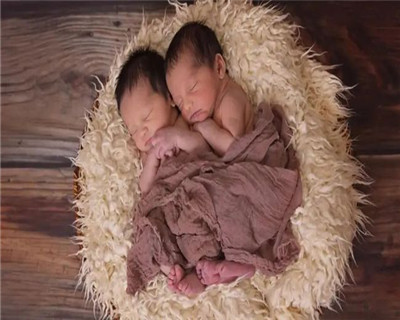Study: Identical Twins Are Not Genetically Exact Copies
A new study suggests that identical twins are not exactly the same genetically. Identical twins are two babies that come from the same fertilized egg.
Scientists in Iceland examined DNA from 387 pairs of identical twins, their parents, children, husbands or wives.
The examinations led the team to find "early mutations that separate identical twins," lead researcher and geneticist Kari Stefansson said. He is a professor at the University of Iceland and founder of the company deCODE genetics.
Mutations are small changes in DNA that can happen when a cell divides in an attempt to copy itself. These small changes can influence a person's physical appearance or control a person's ability to fight a disease.
The newly-discovered mutations show that identical twins do have genetic differences, the researchers said. The results were recently published in Nature Genetics.
On average, identical twins have 5.2 of these early genetic differences, the researchers found. But about 15 percent of identical twin pairs have more than that. Some might have as many as 100 genetic differences, Stefansson said.
These differences represent a small part of each twin's genetic material. But they could influence why one twin is taller or why one is at greater risk for some cancers than the other.
In the past, many researchers believed physical differences seen in identical twins were related mostly to environmental influences, such as nutrition or lifestyle behaviors.

Jan Dumanski is a geneticist at Sweden's Uppsala University. He was not involved in the study. He praised the findings as "a clear and important contribution" to medical research.
"The implication is that we have to be very careful when we are using twins as a model" for examining the influences of genetics or the environment, Dumanski said.
A 2008 paper in The American Journal of Human Genetics found some genetic differences between identical twins. The new study, however, goes beyond earlier work by including the DNA of parents, children, husbands and wives of identical twins.
Studying family members permitted the researchers to examine when genetic mutations happened in two different kinds of cells: those present in only one individual and those passed on to the person's children.
Stefansson said his team found twins where a mutation is present in all cells of the body of one twin, but not in the other twin at all. However, "sometimes the second twin may show the mutation in some cells, but not all cells," he added.
The researchers said they also found mutations that came about before the developing embryo split in two.
Nancy Segal is a psychologist who studies twins at California State University, Fullerton. She was not involved in the study. But she called the results "heroic and really significant."
Segal added that the research is likely to persuade more scientists to rethink the influences of genetics and environment on twins. "Twins are very alike, but it is not a perfect similarity," she said.
I'm Bryan Lynn.












